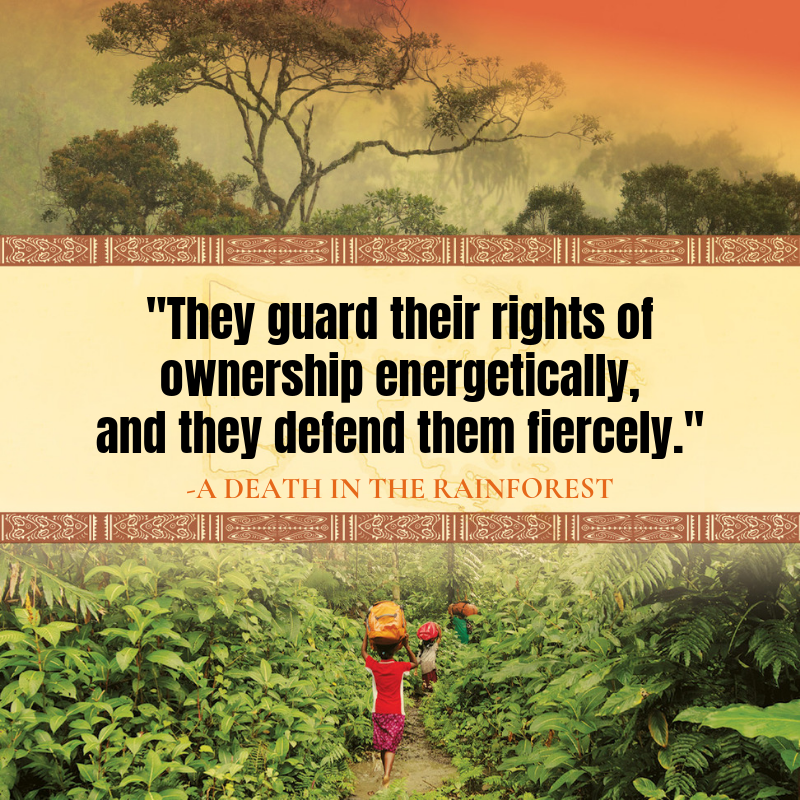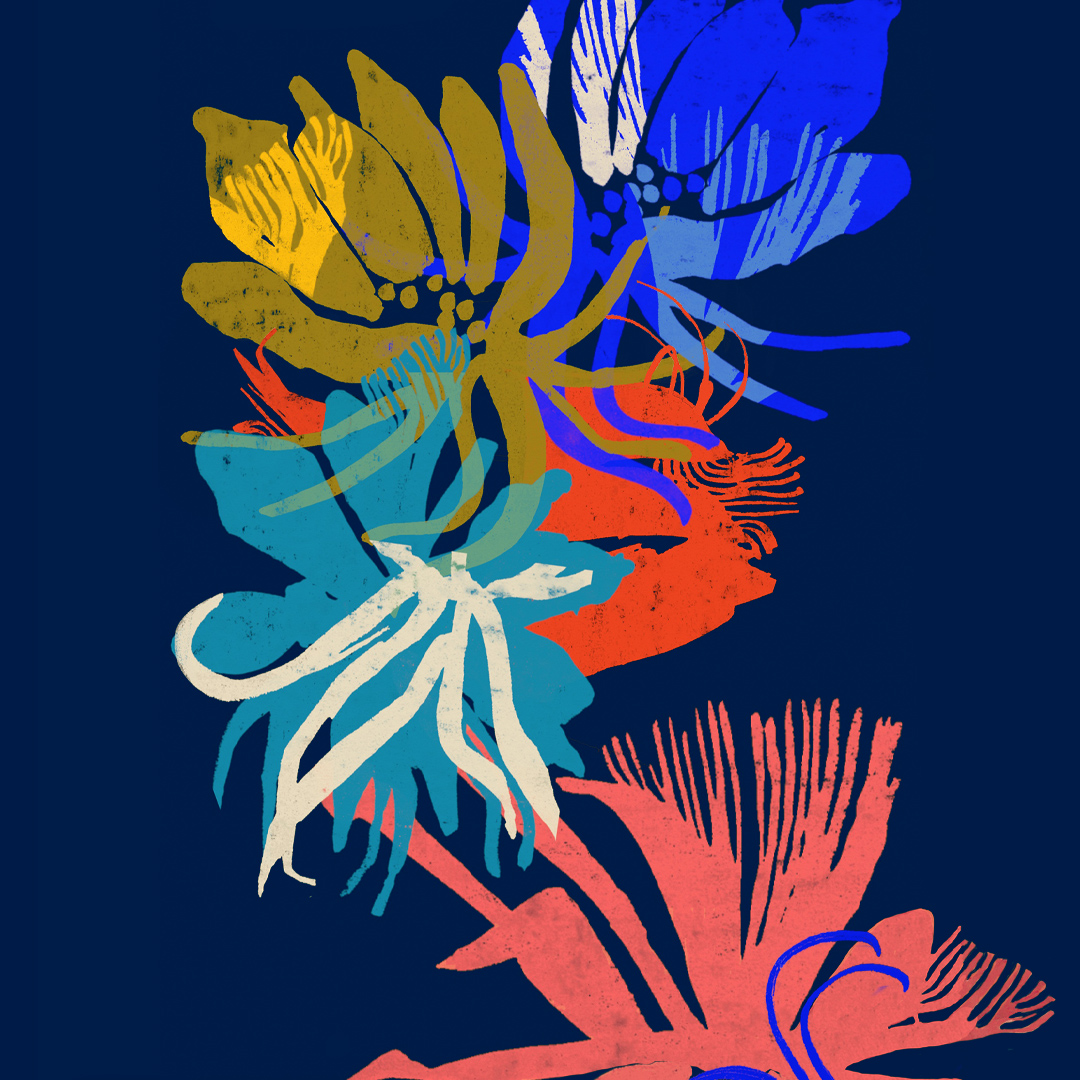Get to Know Gapuners with A Death in the Rainforest
A Death in the Rainforest by Don Kulick asks the question, how does a language die? Even more important, what actually dies when a language dies? What does this mean for a culture and its people?
More than just a linguistic analysis, the heart of A Death in the Rainforest is the empathetic look at the lives of the people living in the tiny village of Gapun in Papua New Guinea. Over the course of thirty years, Kulick returned again and again to Papua New Guinea to document the language of Tayap before it disappeared entirely. He found himself inexorably drawn into their world and implicated in their destiny.
To give you a taste of Gapun and get you ready for this incredible summer read, here are some enlightening facts from A Death in the Rainforest about both Papua New Guinea and Gapuners themselves.
About Papua New Guinea
- Papua New Guinea has more languages than any other country in the world. In an area the size of the state of California and with just more than eight million people, there are almost 1,000 separate languages — not just dialects or variants — many of them still undocumented and spoken by groups of 500 people or fewer.
- People in Papua New Guinea have used language as a way of differentiating themselves from one another, Kulick points out. Whereas other people throughout the world have come to use religion, food habits, or clothing styles to distinguish themselves as a specific group of people, Papua New Guineans came to achieve similar results through language.
- As Kulick writes in the book, “The whole island of New Guinea has become famous for its ‘millenarian’ or ‘cargo’ cults; words that refer to the idea that if believers perform certain actions in the proper way, the heavens will open, Jesus will descend back to Earth, and a millennium of plenty will ensue . . . Cargo cults have existed throughout the country since the arrival of white people, and they are still going strong today. A Death in the Rainforest dives further into how these cults have affected Gapun.”
About the Village of Gapun

- The average yearly income [of the village] is about one hundred kina (about thirty-five US dollars).
- Kulick notes that “Gapun villagers would shake their heads in absolute bewilderment at the persistent Western stereotypes about how a rainforest-dwelling people like themselves supposedly eschew ownership and magnanimously share their natural resources in a kind of socialist ecological bliss.”
- He goes on to say that “villagers always know who owns what. They have to know who owns what in order to take things freely, or steal them with relative impunity. They guard their rights of ownership energetically, and they defend them fiercely.”
- A Death in the Rainforest observes the many ways a language begins to fade. For instance, as speakers get younger in age and less competent in their command of Tayap, the language’s range of tenses disappears, and gender agreement gets wonky.






